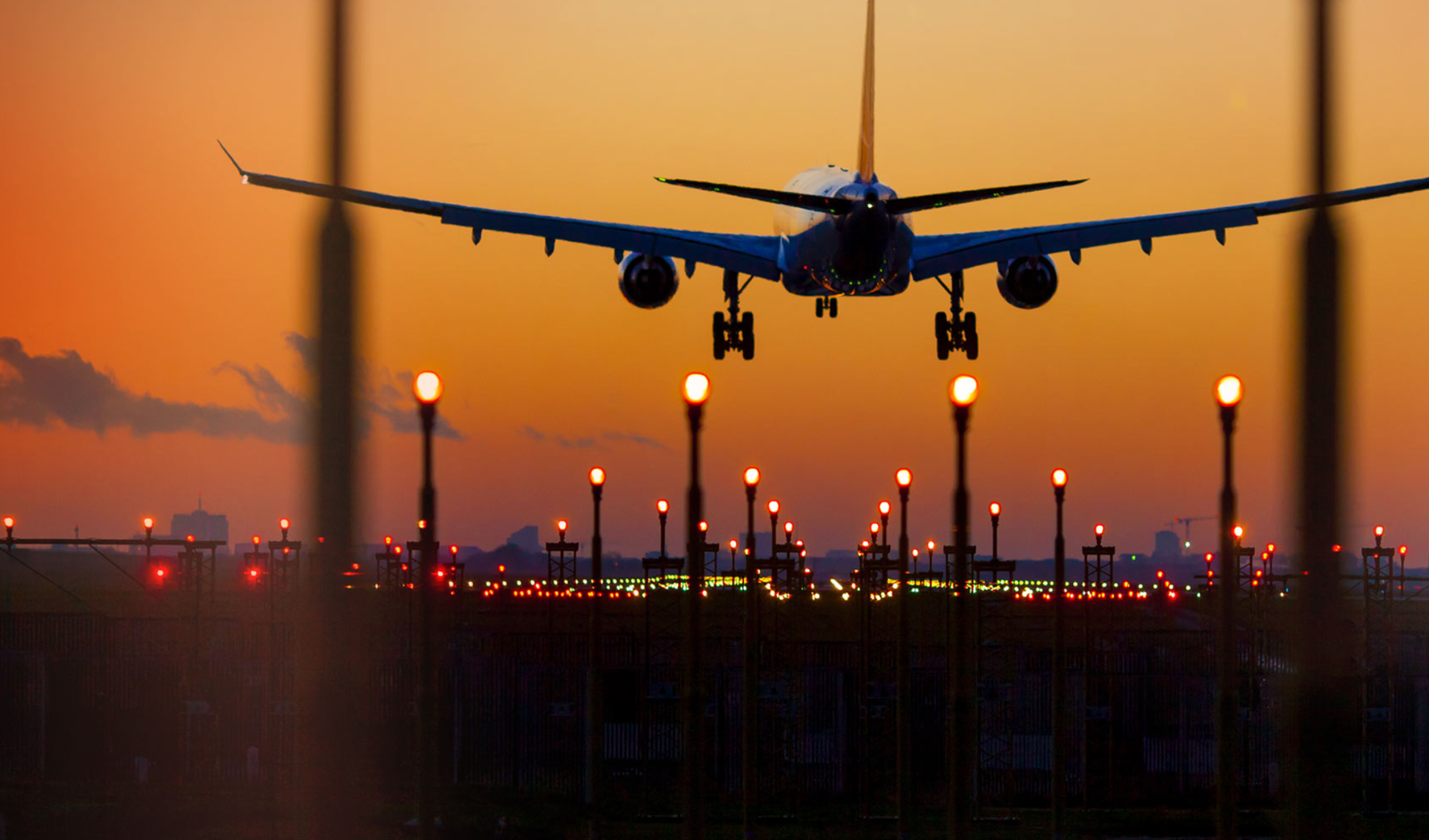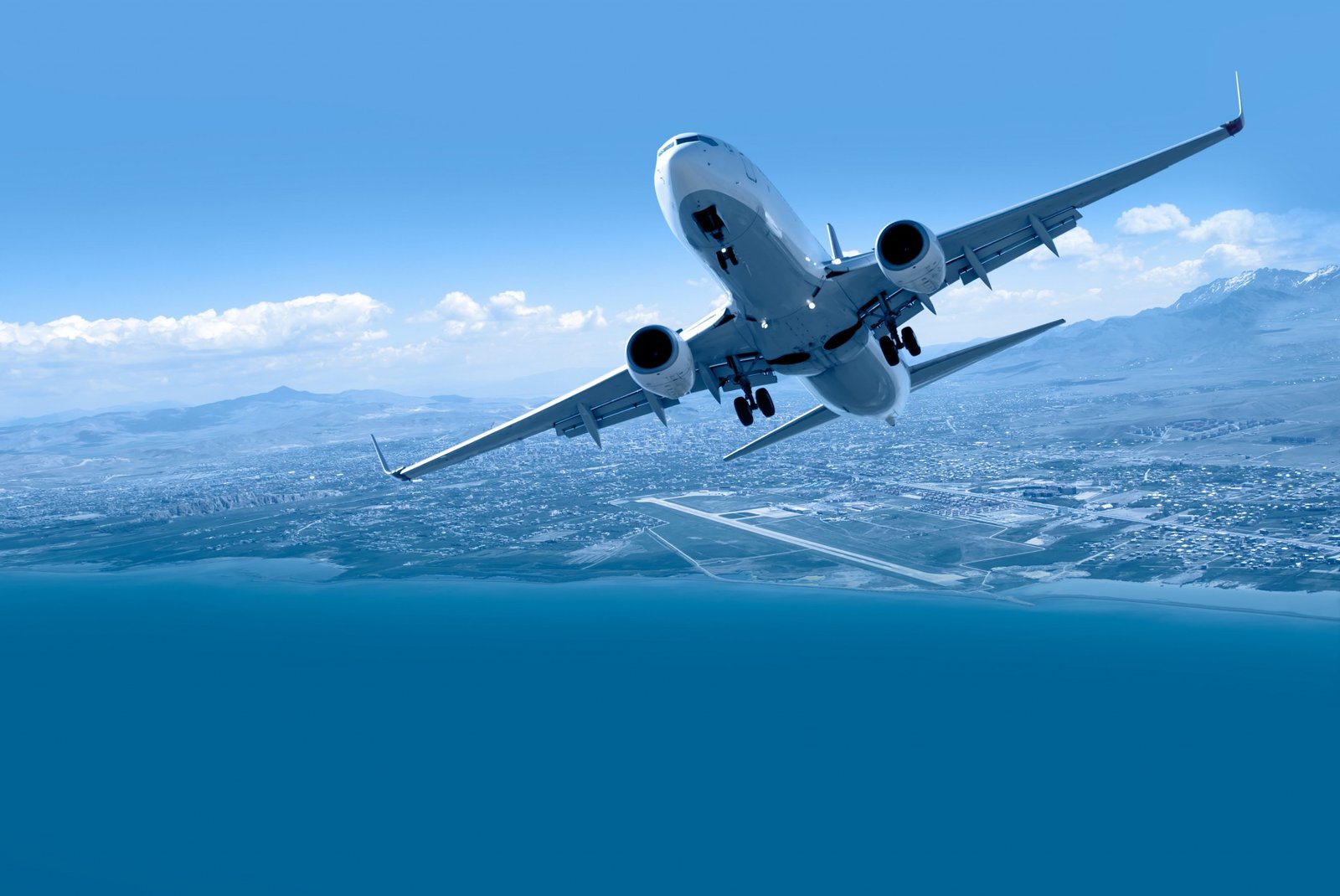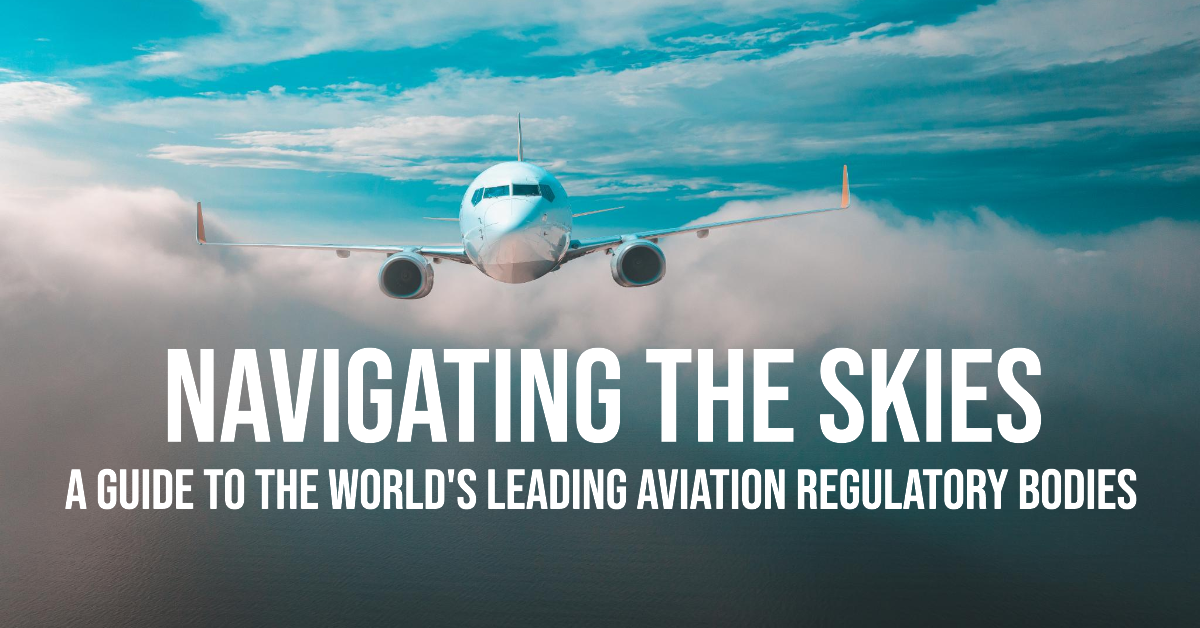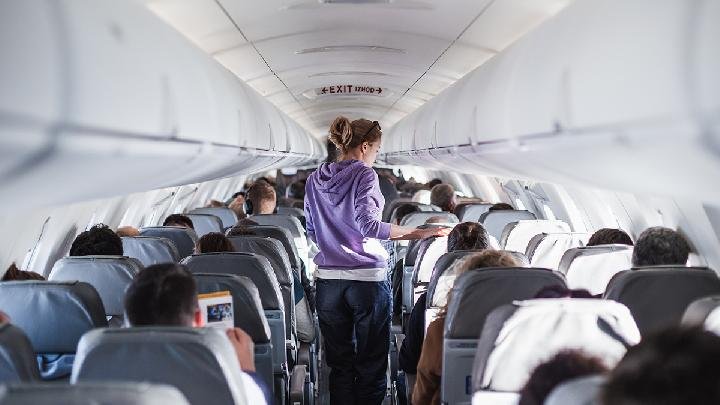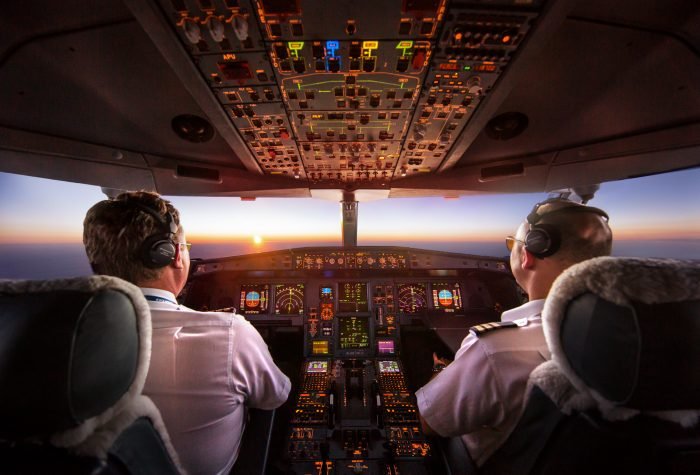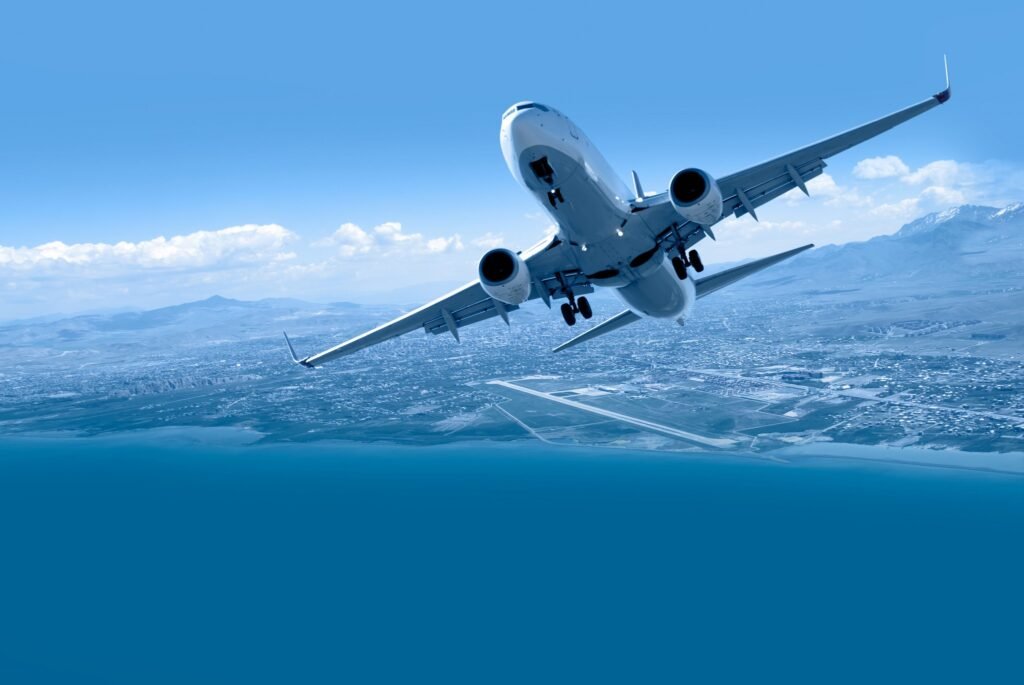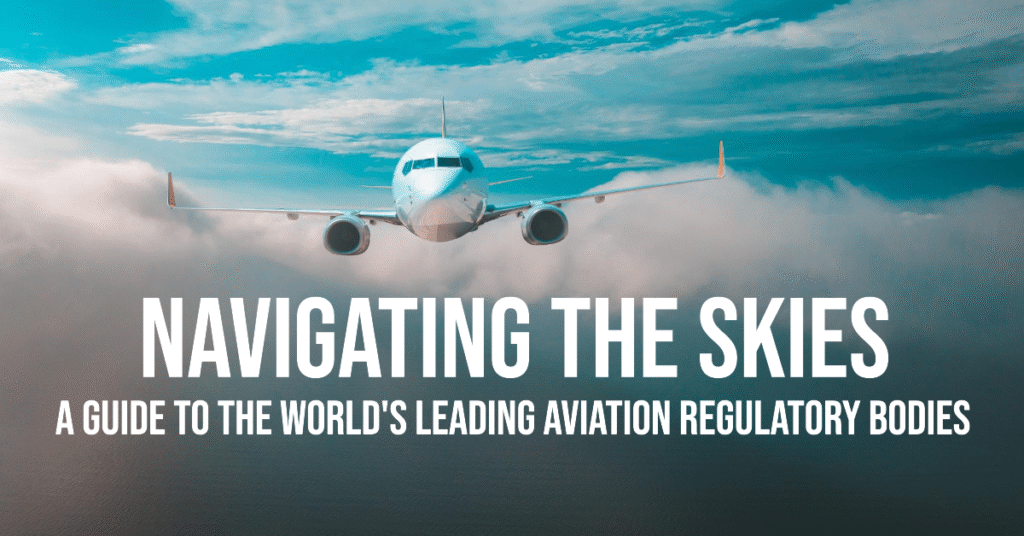flightticketbooking.co.in – Commercial air travel is poised for a radical transformation over the next ten years. With advancements in technology, sustainability goals, and evolving passenger expectations, the aviation industry is entering a new era. From smarter airports to eco-friendly aircraft, here’s what travelers and industry insiders can expect in the next decade.
1. Sustainable Aviation and Green Technologies
One of the most significant changes we’ll see is the industry’s push toward sustainability. With global pressure to reduce carbon emissions, airlines are investing in alternative fuels and more efficient aircraft.
Sustainable Aviation Fuel (SAF), derived from sources like algae and waste, is expected to become more common. SAF can reduce lifecycle emissions by up to 80% compared to traditional jet fuel. In addition, electric and hybrid-electric aircraft are under development, aiming for short-haul flights with zero emissions. Major players like Airbus and Boeing are already testing prototypes that could revolutionize regional travel.
2. Supersonic and Hypersonic Travel
The next decade might reintroduce supersonic commercial flights. Companies like Boom Supersonic are working on aircraft that can halve current flight times. Imagine flying from New York to London in under 4 hours.
Hypersonic travel, while still in early research stages, could eventually offer travel at speeds above Mach 5. Though mainstream adoption is farther out, these innovations hint at a future where long-haul travel becomes significantly faster.
3. AI-Powered and Contactless Airports
Artificial Intelligence (AI) and automation will reshape the airport experience. From facial recognition for boarding to AI-based luggage tracking and crowd control, airports will become more efficient and less stressful for travelers.
Self-service kiosks, mobile boarding, and biometric check-ins will reduce waiting times and enhance security. Post-COVID trends have accelerated the demand for contactless processes, and these will become the norm by 2035.
4. Personalized Passenger Experiences
With more data available than ever, airlines will offer highly personalized travel experiences. Dynamic pricing, tailored in-flight services, and custom entertainment options will be driven by AI and customer data.
Passengers may also see smart cabins that adapt to individual preferences, such as seat positioning, lighting, and even in-flight meals based on dietary history.
5. Urban Air Mobility and Air Taxis
Another exciting innovation is the rise of Urban Air Mobility (UAM). Think flying taxis and electric Vertical Takeoff and Landing (eVTOL) vehicles. Companies like Joby Aviation and Volocopter are already testing these aircraft for short urban routes.
By 2035, air taxis could become a common sight in major cities, especially for routes between downtown areas and airports. These developments could significantly reduce congestion on roads and offer a faster way to commute.
6. Enhanced Safety and Cybersecurity
With more digital systems in place, cybersecurity will be crucial. The aviation industry will need to invest heavily in protecting passenger data and flight systems from cyber threats.
Moreover, new aircraft designs will include built-in health and safety monitoring, including air filtration systems and advanced diagnostics to prevent malfunctions before they happen.
7. Flexible Ticketing and Subscription Models
Passenger expectations are shifting toward flexibility. Airlines are experimenting with subscription-based models for frequent flyers and more forgiving change policies. This trend is likely to grow, giving travelers more control over their journeys without heavy penalties.
✈️ Conclusion
The future of commercial air travel is exciting and full of promise. With eco-friendly aircraft, smarter airports, and faster flight options, the next decade will reshape how we experience flight. Whether it’s urban air taxis or supersonic jets, the aviation industry is on the cusp of a technological revolution. Travelers can look forward to safer, faster, and greener skies ahead.

